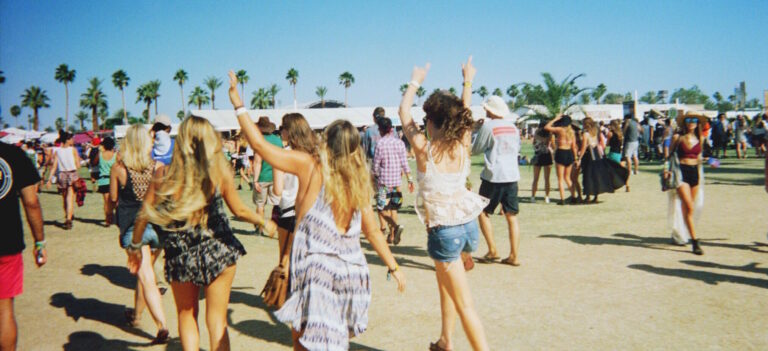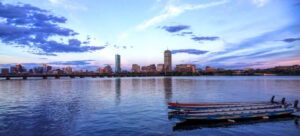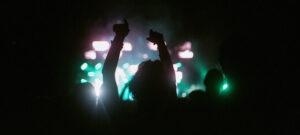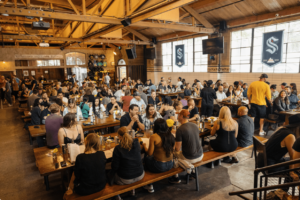A killer lineup isn’t enough to make your music festival stand out.
With more and more music festivals fighting for the same artists, similar acts are performing back to back at fests across the country. So what would make fans choose your festival over another with the same bands?
“At some point, the talent becomes repetitive,” Adam Lynn of Prime Social Group said in a podcast with Eventbrite. “What separates your event from the next festival in the next city over? You’ve got to create something that’s a memorable experience.”
So how do you create a festival experience that fans flock to? Here’s how a few festivals are pulling it off.
Je Ne Sais Quoi Culture
It can be difficult to define what makes a festival experience work. We looked to two of California’s most popular festivals for a glimpse into what kind of experience they are driving.
Lightning in a Bottle, a Memorial Day weekend music festival in the central California coast, is focuses on more than just music to market to fans. The Burning Man crowd gathers to camp out, see their favorite indie musicians, and immerse themselves in the atmosphere. Activities like a burlesque show, gaming, “and all manner of shenanigans” make the festival a fan favorite year over year.
“People are less likely to commit to just a concert or a 100% music-driven event,” Dede Flemming of Lightning in a Bottle told Eventbrite. “They are seeking something that they can get more out of.”
The “more” might be food, art, shopping, or even yoga. Think eclectic experiences like the Giggle Juice Cafe at Lightning in a Bottle, which is “a nomadic hotel theatre offering a full-service restaurant, juice bar, and cube tents.”
Southern California’s iconic Coachella festival lines up big names like Guns N’ Roses, Chris Stapleton, and Ice Cube. But Coachella isn’t famous just because of the music. Think Coachella, and you probably think of hot young celebrities in boho-chic clothing getting down and dirty in the desert. People flock to this festival for a chance to party with the elite—and post their pics to social media.
The Technology Edge
From RFID bracelets to virtual reality, another way festivals are differentiating themselves is by amping up the technology experience. This year, Coachella’s organizers sent out free Google Cardboard VR headsets in every welcome package. A free app let ticket-buyers view exclusive musical content before, during, and after the festival itself.
Several states away in Illinois, the Pygmalion Festival takes a similar technology-first approach.
“As a festival that has a tech component, we work with emerging technologists as a platform for them to showcase what they are doing,” Seth Fein of the Pygmalion Festival told Eventbrite. At 2015’s festival, Pygmalion introduced an entire suite of tech-themed experiences, including panelists, speakers, demonstrations, and interactive opportunities for participants.
Extending the Festival Experience Throughout the Town
To extend their tech focus, Pygmalion Festival also sponsors a “tech crawl” in downtown Urbana, Illinois. And they’re not the only festivals transcending the physical boundaries of the actual venue. SXSW has long been known to schedule live music shows in venues all over Austin. This year, BottleRock Music Festival in Napa took the same approach, with after-hour shows around the city.
This trend holds true across the pond as well.“In 2016 we want to extend the entertainment beyond the stage, and get the music moving throughout the town,” Tanya Brittain of the UK’s Looe Music Festival told us. This spirited festival on the Cornish Coast takes over the entire town of Looe for three days in September.
All of these festivals are thriving because they’re focused on the big picture: the festival experience to build the perfect atmosphere for the music. To read more about the newest live music trends, download the full report for perspectives from 25 industry tastemakers.





